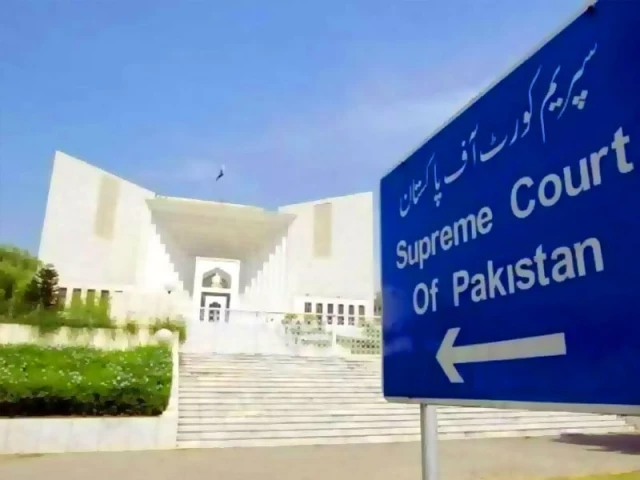SC upholds IHC judge transfers, says they're constitutional
Apex court stresses Article 200 of the Constitution provides a ‘standalone’ mechanism for transferring judges

The Supreme Court has ruled that the transfers of judges to the Islamabad High Court are valid and in line with the Constitution, dismissing petitions that challenged a February 2025 notification ordering the transfers.
In a detailed 55-page judgment, Justice Muhammad Ali Mazhar, who authored the decision, explained that transferring a judge from one High Court to another does not equate to a new appointment. The judge’s role and status remain unchanged, despite the change in location. "A transfer is simply a reallocation of an existing resource," the ruling stated.
The court further clarified that the process for transferring judges under Article 200 of the Constitution operates independently of the rules governing appointments under Article 175A.
It was also noted that the necessary steps, including consultation with the Chief Justice of Pakistan and the Chief Justices of the respective High Courts, were followed as required by the Constitution.
The petitioners, including five IHC judges and several bar associations argued that the transfers would undermine judicial independence and seniority. They challenged the legality of transferring three judges from provincial high courts to the IHC.
However, the Supreme Court rejected these claims, reinforcing that the transfers were fully constitutional and legally processed, stressing that they were not new appointments but simply a reassignment of duties.
The judgment also affirmed that the president has the constitutional authority to transfer High Court judges, and this power is separate and distinct from other provisions in the Constitution.
Additionally, the court pointed out that the Islamabad High Court Act of 2010 does not restrict such transfers, and no violation of provincial representation occurred in this case.
This ruling sets a clear precedent that judicial transfers, when properly processed, do not threaten the integrity or independence of the judiciary.




1675249047-0/image-(18)1675249047-0-208x130.webp)
















COMMENTS
Comments are moderated and generally will be posted if they are on-topic and not abusive.
For more information, please see our Comments FAQ